
Delivering intelligence.
Discovering solutions.
Unlocking all frequencies.
RFID from Pepperl+Fuchs
Features
Service and support from the RFID experts

Tailor-made identification solutions
High compatibility for easy integration
Products
RFID Solutions
In a research project at the Karlsruhe Institute of Technology (KIT), twelve partners from industry and science joined forces to develop a flexible transport system. The result is KARIS PRO, an autonomous vehicle that is currently tested in practice. Dieter Schneider, Team Leader R&D Identification Systems at Pepperl+Fuchs, gives insight into the project...
RFID Product Manager Dr. Klaus Schmitt takes you on a tour and provides insights into our solutions specifically tailored for meat processing industries.
Reading recommendation: 5 Reasons to Use Industrial RFID in Your Meat Processing Plant
Plug-and-Play RFID Solutions
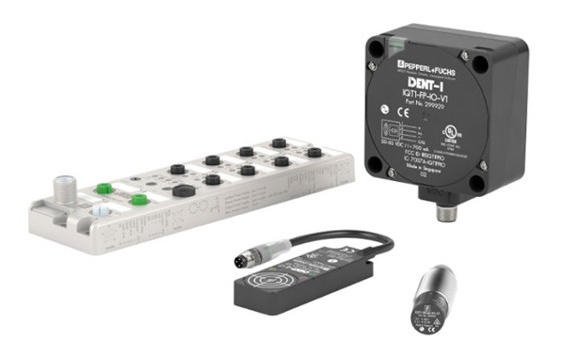
The HF RFID read/write heads are available in three different housings, featuring a compact and rugged design for applications in harsh industrial environments. In addition to the previous connection to the tried-and-tested evaluation units of the IDENTControl family, the new read/write heads support the fast, open and future-proof IO-Link standard V1.1.
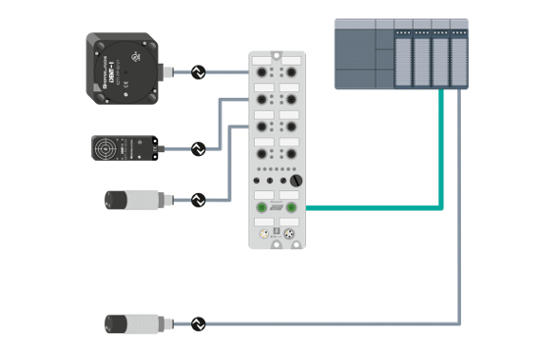
Are you ready for smart factory? With the new HF RFID read/write heads that come with an IO-Link interface, Pepperl+Fuchs has taken a further step towards flexible and modern system integration. The read/write heads are easily integrated into the plant via point-to-point connection to any desired IO-Link master ...
Frequently Asked Questions on RFID
Part 1: general questions on RFID
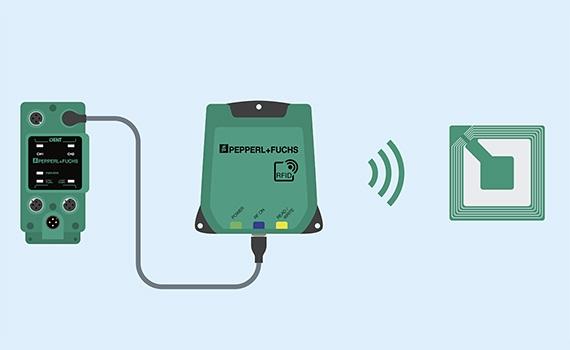
Are you interested in RFID technology but are not sure where to start? The first part of our FAQs gives you an overall insight into RFID. Learn about the basic components that constitute a setup, the history of the technology, and the major benefits that RFID can bring to identification tasks in your particular process …
Part 2: RFID readers
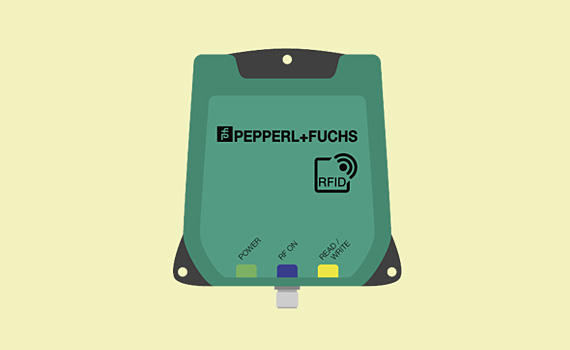
Reliable non-contact identification depends on high-quality reading devices. Get to know the functional principles of RFID readers. How do readers work and which types are available on the market? Which role does antenna polarization play and how do you avoid reader crosstalk? Also, get advice on how to choose the RFID reader best suited for your application …
Part 4: RFID tags

RFID tags are diverse products and can be found in industrial applications as well as in our private lives. Learn about the functional principles and different tag types. When should I use an active instead of a passive tag? How much information can one tag store? How do tags fare in terms of durability when your application is rather challenging? …
Part 3: RFID frequencies

To enable noncontact data exchange via an RFID system, radio waves are used for communication. Depending on the application requirements, RFID systems utilize different frequency ranges. Gather insights into the characteristics of these ranges. What defines them? Where are they being used? What can affect the signal transmission? …
Use Cases
10 applications for RFID
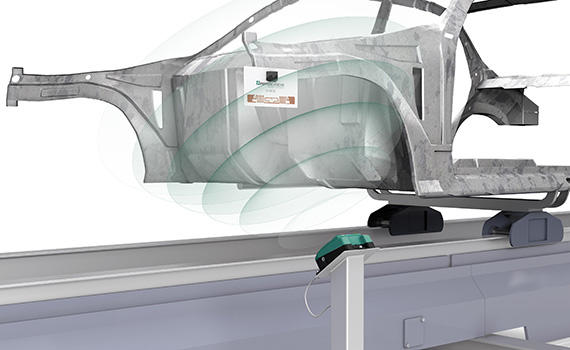
RFID is an extremely versatile technology that is applied in many sectors. We compiled ten application examples from ten industries for you. Get inspired by the use cases and learn how flexible RFID technology boosts reliable identification and overall efficiency under a variety of circumstances …
RFID fuels Industry 4.0
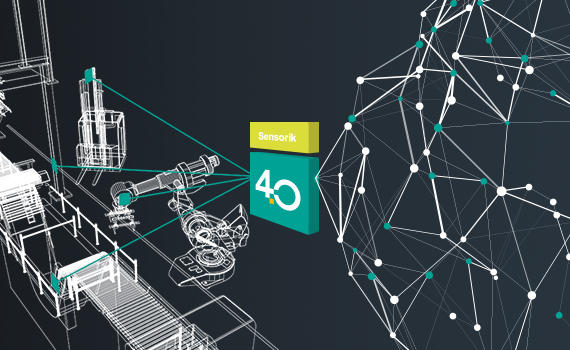
RFID is a key enabler for future-proof digital factories in the sense of Industry 4.0: when a product is marked with an RFID tag it stores information about necessary production steps or special requirements. More than that, it can store new, additional information when the production steps have been completed. Attaching RFID tags to production items introduces dynamic structures and flexibility to all areas of manufacturing. Get additional information on technology for Industry 4.0 by Pepperl+Fuchs—labeled as "Sensorik4.0®".


 Downloads
Downloads More Information
More Information

 +49 621 776-0
+49 621 776-0